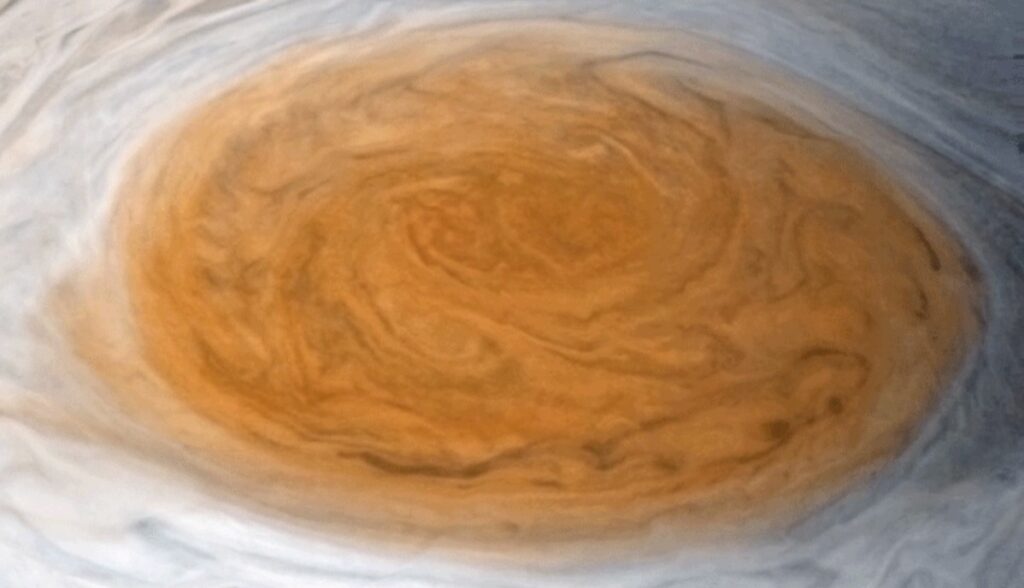
It turns out, Jupiter likes to have giant red spots, but it doesn’t always have the same giant red spot. New research led by Agustin Sanchez-Lavega and appearing in Geophysical Research letters looks through nearly more than 350 years of telescopic data on Jupiter and finds clear evidence of Jupiter not having a giant spot from roughly 1713 to 1831. Prior to 1713, numerous astronomers, including discoverer G.D. Cassini, documented what they called Jupiter’s “Permanent Spot”. Their careful sketches allowed modern researchers to document how the spot observed in the 1600s and 1700s both decreased in size prior to disappearing, and also appeared to drift in its location in ways markedly different from what today’s Great Red Spot appears to do.
It has long been wondered if this was just a fluke of observations, but has they poured over historic observing logs, they found no evidence for the great red spot, despite repeated observations by greats such as Herschel and Messier. While sketches of Jupiter noted banding like we see today, as well as other storms, the complete absence of the red spot ultimately points to a lack of great red spot during this period.
The Great Red Spot we see today was first observed in 1831 and has been continuously observed ever since. Early sketches and photos taken since the late 1800s all show that the Great Red Spot started out much larger, and much more stretched out. Overtime, it has gotten rounder, smaller, and has drifted slightly northward.
This paper raises this interesting possibility that one day we might wake up to no more great red spot. On one hand, that would make for some super cool science, but I for one hope this long sustained vortex will out live me and allow astrophotographers to continue to practice their craft on its spinning goodness.
